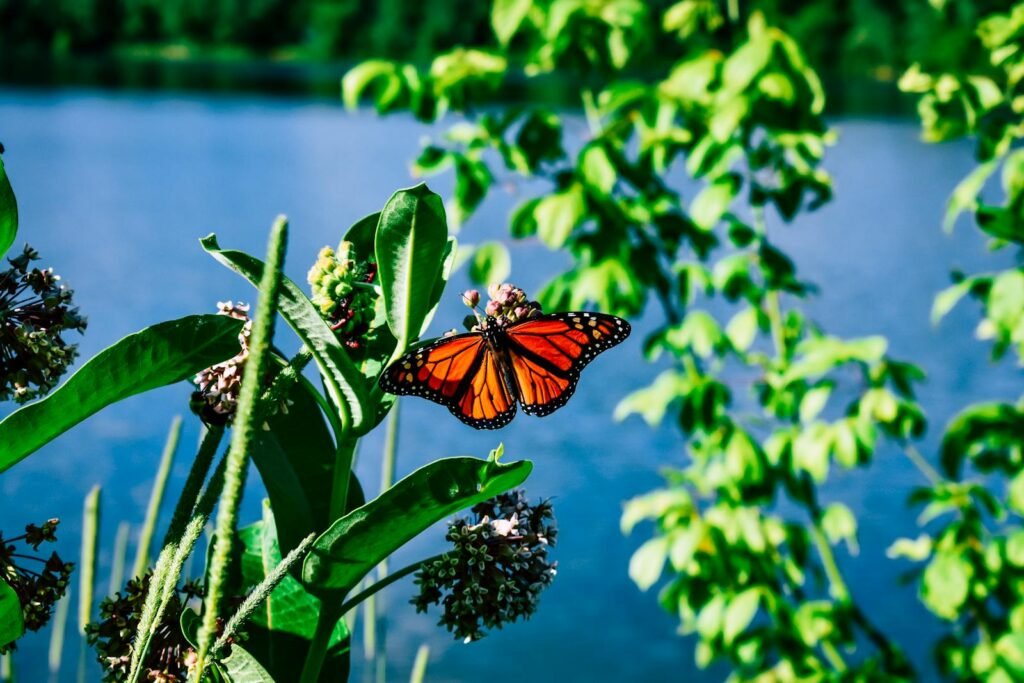Deep in the heart of Mexico’s Michoacán mountains, something extraordinary happens every winter that makes scientists around the world hold their breath. Millions of monarch butterflies descend from across North America to cluster on the branches of sacred oyamel fir trees, creating living orange carpets that seem to pulse with life. But this isn’t just nature’s most spectacular show – it’s become the unlikely cornerstone of one of conservation’s most ambitious rescue missions. What started as an effort to save a single butterfly species has evolved into something far more remarkable: a blueprint for protecting entire ecosystems while transforming human lives.
Where Science Meets Magic in the Clouds

The Monarch Butterfly Biosphere Reserve sits at 10,000 feet above sea level, where clouds kiss the mountaintops and ancient forests whisper secrets that scientists are only beginning to understand. This UNESCO World Heritage site spans over 56,000 hectares of pristine forest, but its true power lies in what you can’t see. The oyamel firs here create a microclimate so perfect for overwintering monarchs that temperatures rarely drop below freezing, yet stay cool enough to keep the butterflies in a state of semi-dormancy. It’s like nature designed the world’s most sophisticated climate control system, and we’re just now figuring out how it works. The forest canopy acts as a natural umbrella, protecting millions of butterflies from rain and snow while allowing just enough light to filter through for warmth.
The Butterfly That Became a Conservation Icon

Monarch butterflies shouldn’t be able to do what they do – travel up to 3,000 miles from Canada to Mexico using a brain smaller than a pinhead. Yet every fall, these paper-thin creatures navigate using the sun, magnetic fields, and genetic memory passed down through generations they’ll never meet. What makes their story even more incredible is that the butterflies making this epic journey have never been to Mexico before; they’re the great-great-grandchildren of the previous year’s travelers. Scientists discovered that monarchs use a time-compensated sun compass, adjusting their flight path throughout the day as the sun moves across the sky. This navigation system is so precise that butterflies can find the exact same trees their ancestors used, sometimes landing on the very branches where their great-grandparents once clustered.
When Local Communities Became Conservation Heroes

The real transformation began when researchers realized they couldn’t save the butterflies without saving the people who lived in the forest. Local communities in the reserve had been struggling economically, often turning to illegal logging to survive, which directly threatened the monarch’s habitat. Instead of treating residents as obstacles to conservation, scientists and conservationists made them partners in protection. Families who once cut down trees for income now earn money as forest guardians, butterfly guides, and eco-tourism operators. This shift didn’t happen overnight – it took years of building trust, providing alternative livelihoods, and proving that conservation could put food on tables just as effectively as logging.
The Ripple Effect That Surprised Everyone

As monarch populations began stabilizing thanks to forest protection, scientists noticed something unexpected happening throughout the ecosystem. Bird species that had been declining started returning in larger numbers, attracted by the increased insect diversity that flourished in the protected forest. Small mammals found more abundant food sources and safer nesting sites in the undisturbed understory. Even soil health improved dramatically as fallen leaves and organic matter accumulated without disruption from logging activities. The forest began functioning like a well-oiled machine again, with each species playing its crucial role in maintaining the delicate balance. What started as a single-species conservation effort had accidentally created a biodiversity hotspot that now protects over 200 vertebrate species.
Technology Meets Ancient Wisdom

Modern conservation in the butterfly forest combines cutting-edge technology with traditional ecological knowledge that indigenous communities have held for centuries. Satellite monitoring now tracks deforestation in real-time, while acoustic sensors record forest sounds to monitor wildlife populations and detect illegal logging activity. Local indigenous guides, however, can predict weather patterns and animal behavior with an accuracy that often surpasses scientific instruments. GPS collars on small mammals provide data on habitat use, but elderly community members can tell you which plants bloom when and what that means for the entire food web. This fusion of old and new knowledge has created monitoring systems that are both scientifically rigorous and culturally meaningful.
The Economics of Saving Nature

The butterfly forest has become a powerful example of how conservation can be economically viable without compromising environmental integrity. Eco-tourism now generates millions of dollars annually for local communities, with visitors paying premium prices to witness the monarch spectacle. Sustainable forestry practices allow controlled harvesting of non-critical tree species, providing timber income while maintaining forest health. Carbon credit programs pay communities for keeping forests intact, turning trees into a renewable source of income rather than a one-time logging profit. Local artisans have developed butterfly-themed crafts and products that sell internationally, creating year-round income streams that don’t depend on seasonal tourism. These diverse revenue sources have made conservation more profitable than destruction, fundamentally changing how residents view their forest.
Climate Change and the Race Against Time

Rising temperatures and shifting weather patterns pose the greatest long-term threat to both the monarchs and their forest sanctuary. Oyamel firs are particularly sensitive to temperature changes, and scientists predict that suitable habitat for these trees will move higher up the mountains as the climate warms. The butterflies themselves face challenges throughout their migration route, with extreme weather events becoming more frequent and severe. Droughts in breeding areas across the United States and Canada directly impact monarch reproduction, while unseasonable storms can devastate populations during migration. Researchers are now working on assisted migration programs, helping oyamel firs establish in higher elevations before climate change forces the issue. The race is on to ensure that suitable habitat exists for future generations of monarchs, even as the climate continues to shift.
The Pollinator Crisis Connection
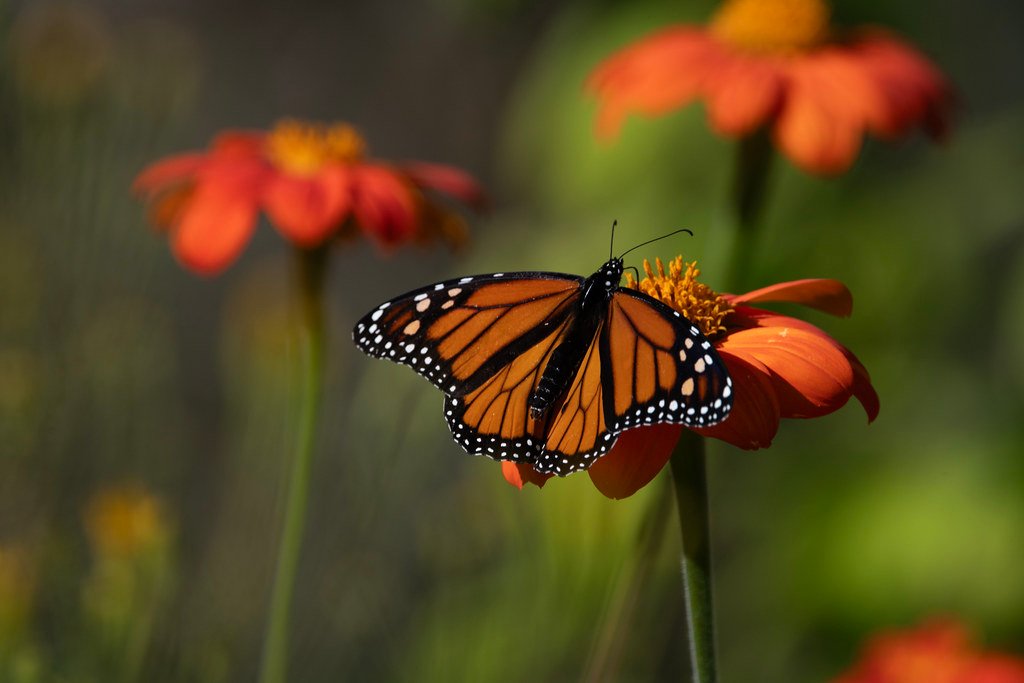
The monarch butterfly forest has become a crucial research site for understanding the broader pollinator crisis affecting ecosystems worldwide. Scientists studying monarchs have discovered that their conservation success depends heavily on maintaining pollinator corridors throughout their migration route. The forest serves as a living laboratory for testing restoration techniques that can be applied to other pollinator habitats across North America. Research conducted here has led to improved understanding of how pesticides affect butterfly nervous systems and navigation abilities. Studies on monarch population genetics in the forest have revealed important insights about genetic diversity and disease resistance that apply to other threatened pollinator species. The lessons learned from saving monarchs are now being used to develop conservation strategies for bees, other butterflies, and countless other pollinators facing similar threats.
Indigenous Knowledge Keepers

The Purépecha and other indigenous communities living around the monarch forest have maintained traditional ecological knowledge about these butterflies for over a thousand years. Ancient stories tell of butterflies carrying the souls of ancestors, making their annual return a spiritual event as much as a natural phenomenon. This cultural connection has proven invaluable for modern conservation efforts, as traditional practices often aligned perfectly with what scientists later determined were optimal forest management techniques. Indigenous fire management practices, for example, helped maintain the forest structure that monarchs need for successful overwintering. Traditional calendars based on natural cycles provided insights into timing of butterfly arrivals and departures that guided early research efforts. Today, indigenous knowledge holders work alongside scientists, contributing observations that often lead to breakthrough discoveries about butterfly behavior and forest ecology.
The Milkweed Mission Across Borders
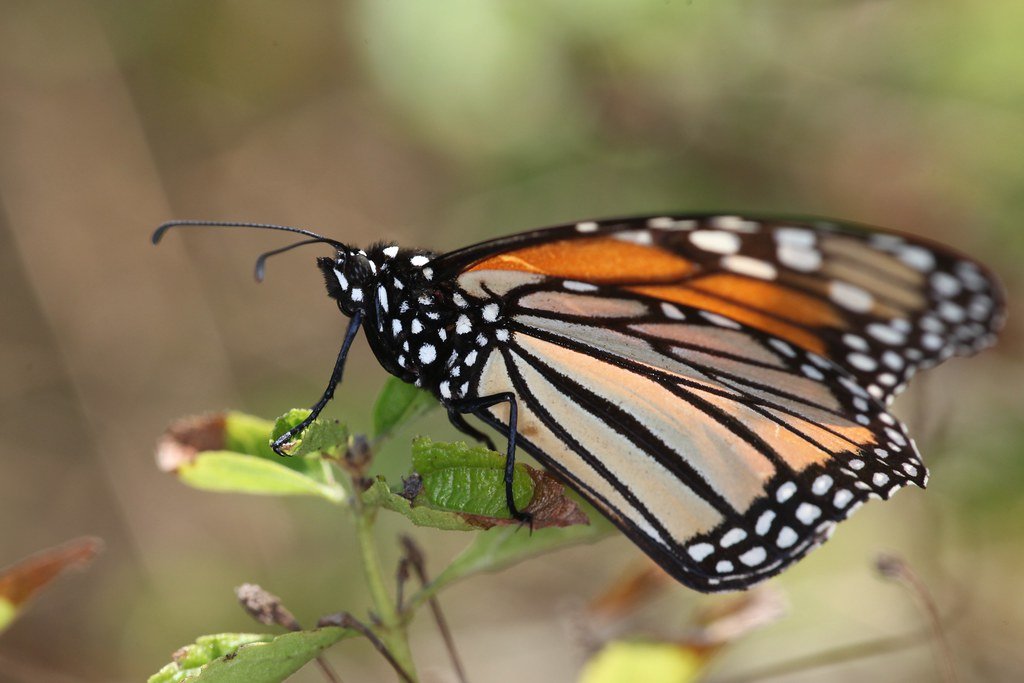
Saving monarchs in their Mexican forest refuge required an unprecedented international effort to restore milkweed habitat across the United States and Canada. Milkweed plants are the only food source for monarch caterpillars, and their decline due to herbicide use and habitat loss was devastating butterfly populations. The butterfly forest conservation program sparked a continent-wide movement to plant native milkweeds in gardens, along roadsides, and in agricultural buffer zones. Farmers began participating in programs that pay them to plant milkweed strips between crop fields, creating vital stepping stones for migrating butterflies. Schools across North America started butterfly gardens that not only provide habitat but also teach children about conservation and migration. This coordinated effort has resulted in millions of new milkweed plants being established, creating a network of resources that supports monarchs throughout their incredible journey.
Forest Restoration Beyond Butterflies

The techniques developed for protecting monarch habitat have revolutionized forest restoration efforts across Mexico and beyond. Researchers discovered that oyamel fir seedlings grow best under specific canopy conditions that also benefit dozens of other native plant species. Restoration projects now focus on recreating these complex forest structures rather than simply planting trees in rows. Native seed collection and propagation programs have preserved genetic diversity of forest plants that might otherwise have been lost to logging and development. Community-based nurseries now grow millions of native seedlings annually, providing both restoration materials and employment opportunities. These restoration efforts have brought back plant species that hadn’t been seen in some areas for decades, along with the insects, birds, and mammals that depend on them.
The Butterfly Effect on Education

The monarch butterfly forest has become one of the world’s most powerful tools for environmental education, inspiring conservation action far beyond its boundaries. Students from around the globe participate in monarch tagging programs that connect them directly to the butterflies they might later see in Mexico. Virtual reality programs now allow classrooms worldwide to experience the forest and its butterfly spectacle without leaving their schools. Local schools in the reserve area have developed curricula that combine traditional ecological knowledge with modern conservation science. Environmental education programs have created a generation of young conservationists who understand the connections between their local actions and global environmental health. The butterflies have become ambassadors for conservation, making complex ecological concepts accessible and emotionally engaging for learners of all ages.
Scientific Breakthroughs in the Forest
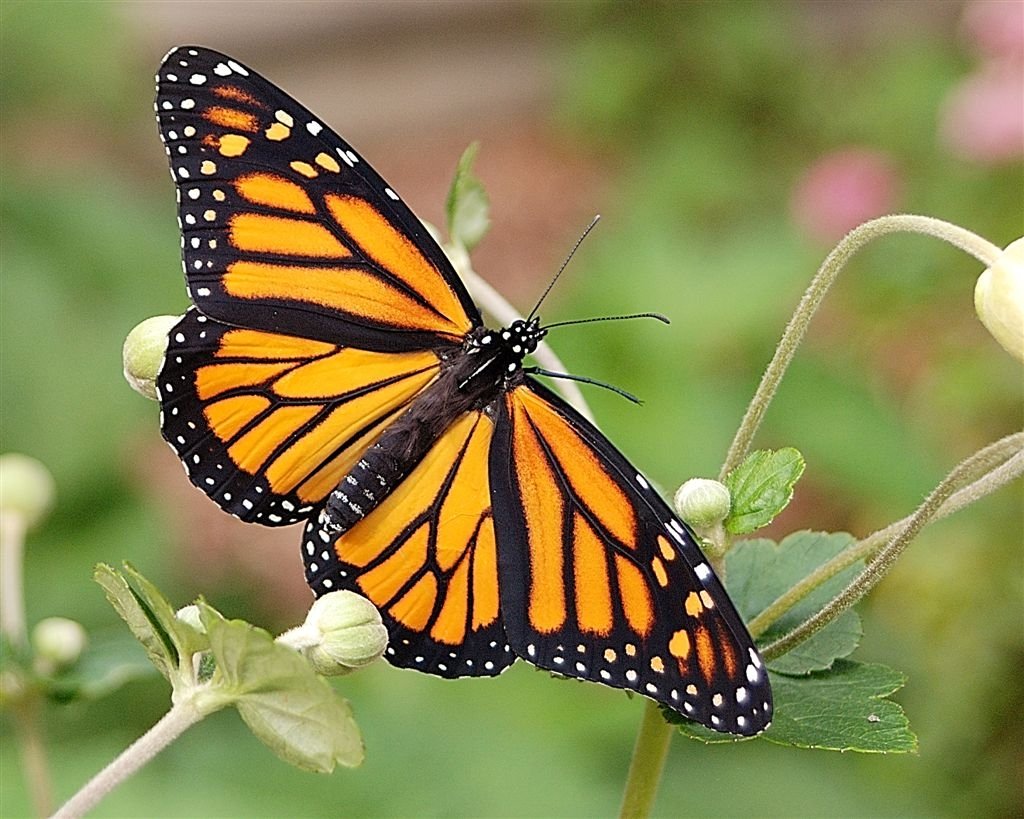
Research conducted in the monarch butterfly forest has led to groundbreaking discoveries about animal navigation, genetics, and ecosystem function. Scientists have decoded much of the genetic basis for monarch migration, discovering clock genes that regulate their internal compass and timing mechanisms. Studies of butterfly clustering behavior have revealed sophisticated thermoregulation strategies that help millions of individuals survive winter temperatures. Researchers have also discovered that monarchs can carry diseases and parasites across continents, making them important subjects for understanding pathogen transmission and evolution. Chemical analysis of butterfly wings has provided insights into pollution levels and environmental contamination across North America. These scientific advances have applications far beyond butterfly conservation, contributing to our understanding of animal behavior, genetics, and ecosystem health.
Technology Innovation in Remote Monitoring

The challenges of monitoring butterfly populations and forest health in remote mountain locations have driven remarkable technological innovations. Researchers have developed lightweight radio transmitters that can track individual butterflies without affecting their flight ability. Automated camera systems powered by solar panels now capture continuous footage of butterfly behavior throughout the winter season. Drone technology allows scientists to survey forest canopy conditions and estimate butterfly population sizes without disturbing the sensitive overwintering sites. Environmental sensors collect data on temperature, humidity, and light levels throughout the forest, creating detailed maps of microclimate conditions. Machine learning algorithms analyze this vast amount of data to predict population trends and identify threats before they become critical. These technologies are now being adapted for use in other remote conservation sites worldwide.
The Role of Citizen Science

Ordinary people have become crucial contributors to monarch conservation research through citizen science programs that span the entire North American continent. Volunteers tag butterflies during fall migration, providing data on timing, routes, and population sizes that would be impossible for professional researchers to collect alone. Gardeners report monarch sightings and breeding activity through online databases that help scientists track population distribution and health. Nature photographers contribute images that help researchers identify individual butterflies and study behavior patterns. Weekend naturalists monitor milkweed plants and count eggs and caterpillars, providing detailed information about breeding success across thousands of locations. This army of citizen scientists has created the largest dataset on any migratory species, revolutionizing our understanding of monarch ecology and conservation needs.
Threats That Keep Scientists Awake at Night
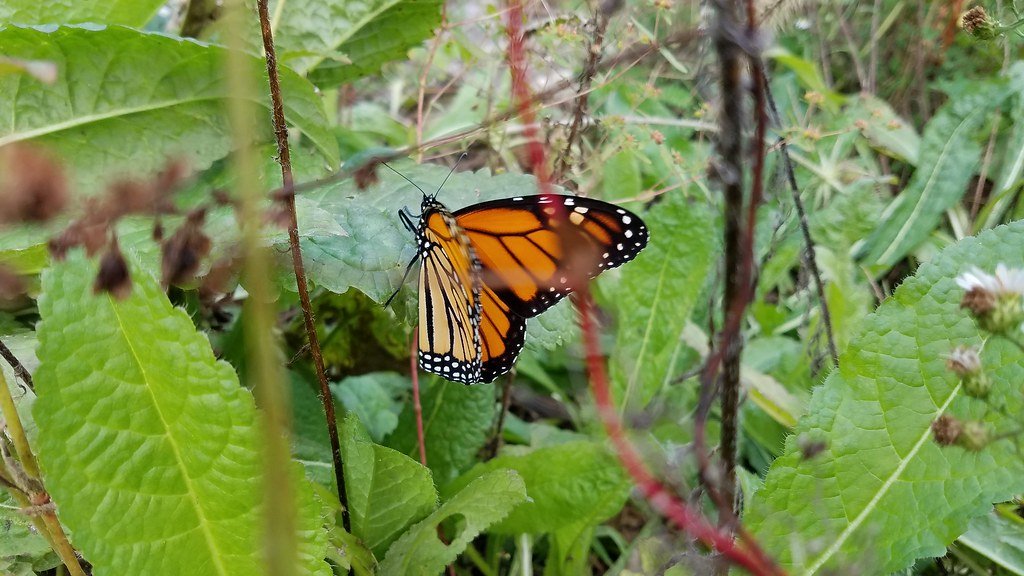
Despite conservation successes, the monarch butterfly forest faces ongoing threats that could undo decades of progress in a matter of years. Illegal logging continues in remote areas of the reserve, driven by demand for high-quality timber and the challenge of monitoring vast forest areas. Climate change is altering temperature and precipitation patterns in ways that could make current overwintering sites unsuitable within decades. Pesticide use throughout the migration corridor continues to poison butterflies and reduce their reproductive success. Habitat fragmentation breaks up the continuous forest cover that monarchs need for successful overwintering, creating gaps that expose butterflies to deadly weather conditions. Political and economic instability in the region threatens the long-term funding and support needed to maintain conservation programs. These threats require constant vigilance and adaptive management strategies to ensure the forest’s continued protection.
Global Lessons from a Local Success

The model developed in the monarch butterfly forest has inspired similar conservation projects around the world, proving that community-based conservation can work in diverse cultural and ecological contexts. African elephant conservation programs now use economic incentives similar to those that transformed logging communities into forest guardians. Sea turtle nesting beach protection in Costa Rica adopted the eco-tourism model pioneered in the butterfly forest. Arctic bird conservation efforts have incorporated the indigenous knowledge integration strategies first perfected with Purépecha communities. Pollinator conservation across Europe has borrowed heavily from the habitat corridor approaches developed for monarchs. These global applications demonstrate that the lessons learned from saving butterflies have universal relevance for conservation challenges worldwide.
The Next Generation of Forest Guardians

Young people growing up in the monarch butterfly forest represent the future of conservation, combining traditional knowledge with modern education and technology skills. Environmental education programs have created a generation that sees conservation as a career opportunity rather than a barrier to economic development. Local youth are becoming researchers, guides, entrepreneurs, and advocates for their forest and its butterflies. University partnerships provide scholarships and training opportunities that keep talented young people in their communities while building scientific capacity. Youth-led conservation initiatives are tackling new challenges like plastic pollution and invasive species management. These emerging leaders understand both the global significance of their forest and the local knowledge needed to protect it, creating a powerful combination for long-term conservation success.
Hope Takes Flight

The monarch butterfly forest proves that even in our rapidly changing world, conservation success stories are still possible when science meets compassion and communities become partners rather than obstacles. What began as an effort to save a single species has become a model for protecting entire ecosystems while improving human lives. The forest continues to evolve, adapting to new challenges while maintaining its essential function as sanctuary for millions of butterflies. Each winter, when orange clouds descend from the sky to cluster on ancient trees, they carry more than just butterflies – they carry hope that humans and nature can thrive together. The success here reminds us that conservation isn’t just about saving species; it’s about creating a world where both people and wildlife can flourish in harmony. As climate change and habitat loss threaten ecosystems worldwide, the butterfly forest stands as proof that dedicated communities, innovative science, and unwavering commitment can create miracles that seemed impossible just decades ago.

